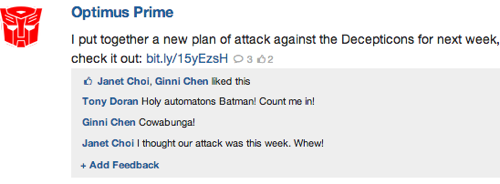The Definitive Guide to Google Snippets
I knew nothing about Google Snippets before I moved to Silicon Valley. But when I was out there, I kept hearing that successful company after company — like Google, Facebook, Foursquare, Buzzfeed and more — used the snippets system to power a flat and decentralized management structure, enabling autonomy, transparency, and happiness in the company.
This guide tells everything you need to know about Google snippets, from its inception at Google to how it’s used at top tech companies today. You’ll learn why snippets is so useful and how to get snippets going in your own company.
If you’re interested in using iDoneThis for snippets, just go to idonethis.com. We’d love to hear what you think about snippets and our guide at @idonethis.











